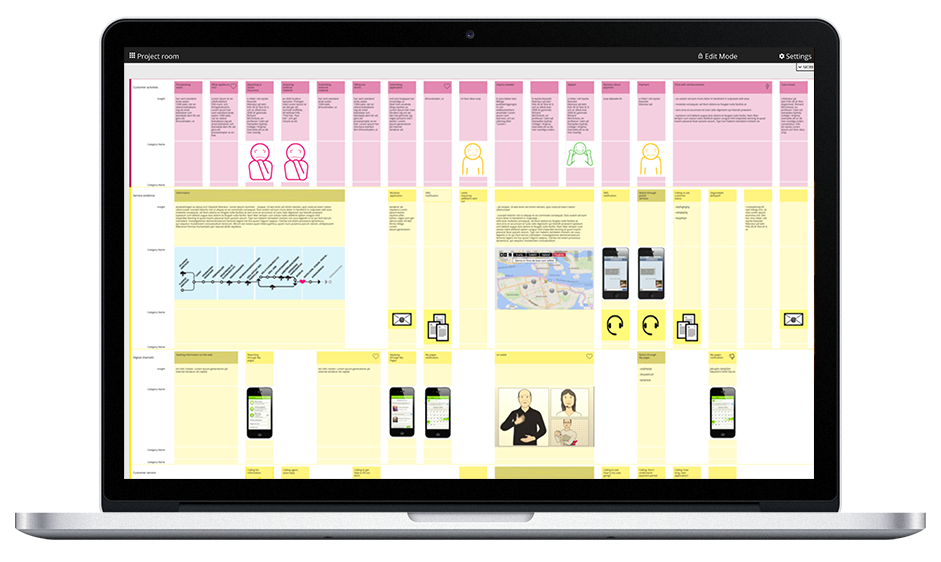Introducing Custellence
My good friends at Transformator Design have made a new thing called Custellence to make it easier to use and build service design tools. Redjotter readers are invited to try out the beta version over at custellence.com for free. Here's what Daniel Ewerman one of the founders has to say about this new product...
What is Custellence?
Custellence is a digital tool that enables the user to create dynamic customer journeys and service blueprints. We believe it can help organisations to lead the customer centric change process. The principle is based on creating lanes and into these lanes you can create cards of any length. In the cards, you enter any type of information; text, images, numbers and links to documents. The tool allows you to continually edit the content and includes project management information too.
Where did the idea come from?
For several years we at Transformator Design have seen a need for a digital tool in which we can create customer journeys but also blueprints, service maps, service ecosystems (many names for the same thing). We tried out all the available tools we could find and they are good, given that you work the way they are intended to be used. We know that our client organisations work very differently from we do so we saw a gap for a much more versatile tool that wasn't not form-based.
The idea to Custellence originally came from music sequencers, like Garageband and Logic. When working with some songs a few years ago I started playing around with creating a customer journey and then a blueprint in the music sequencer Logic... and bang, the idea was born. If musicians create goth, opera, dub and klezmer in the same sequencer it must be possible to create a versatile tool for service design.
Why should we care?
The field of service design has moved from designing customer centric services to transforming organisations to customer centricity. Service design is entirely dependent on the organisation's ability to implement the changes. It's crucial to help organisation to get the ownership of the change plan and continuously improve from the customers standpoint. Custellence facilitates the implementation and the organisation's ownership of the change plan. So apart from just being a digital tool that enables its users to create dynamic customer journeys it is the starting point for the implementation and change management.
From a service design professional perspective regardless if you’re internal or external you have need to constantly become better in organising and saving insights and solutions and communicate the map to others. Transformator Design have been delivering projects in Custellence for almost a year and we see clear benefits. Our work is implemented to a greater extent and the client organisation embraces the result more and can then keep on continuously work on transforming their organisation to better meet customer needs. When the result is greater the ROI on service design becomes better and it fuels a positive spin.
From a consultant's perspective delivering customer insights and journeys in Custellence ensures that the client has a delivery that facilitates them to initiate their work from a common ground. It helps the organisation to have a much more live customer-centric approach, where initiatives and projects are launched from the ongoing customer-centric efforts.
What’s your vision?
I’m convinced that in the future customer journeys and service blueprints in Illustrator or Excel will be perceived as stone age. In the future, you will not be creating an image or organising data, but you'll do both in a common platform for change and further collaboration. Digital tools are developed in all sectors, e.g. architects and designers are using CAD systems, so why wouldn't service designers and customer experience professionals go the same way?
Custellence is co-developed in close collaboration with our clients. We are just in the beginning of a long journey to create the best tool for customer centricity. I'm sure there will be plenty of tools out there in a few years. Our vision is that Custellence becomes the standard in going from an inside-in to an outside in approach. What do you think?


